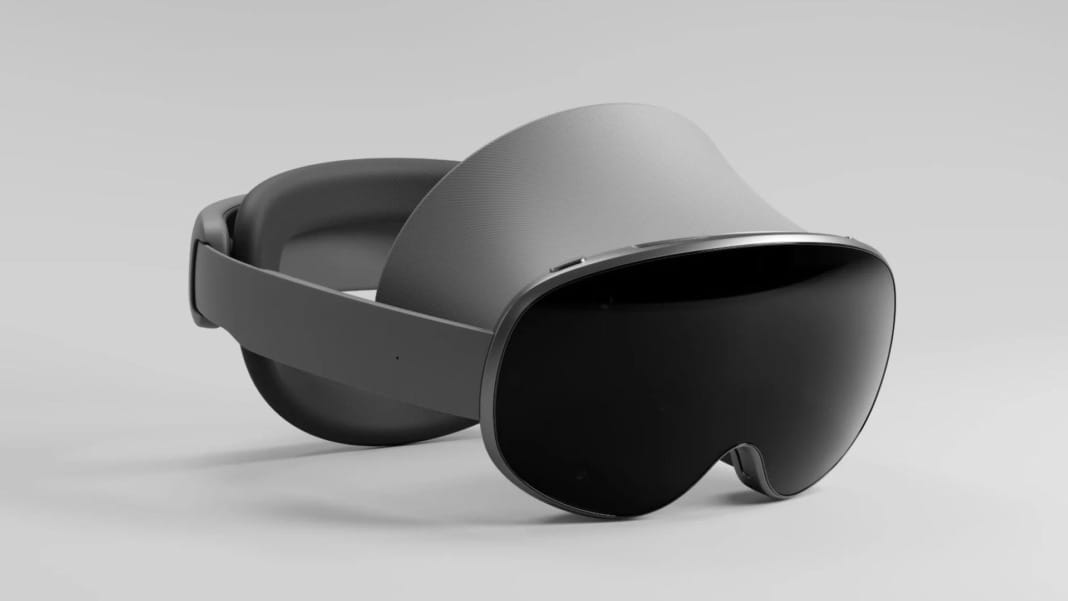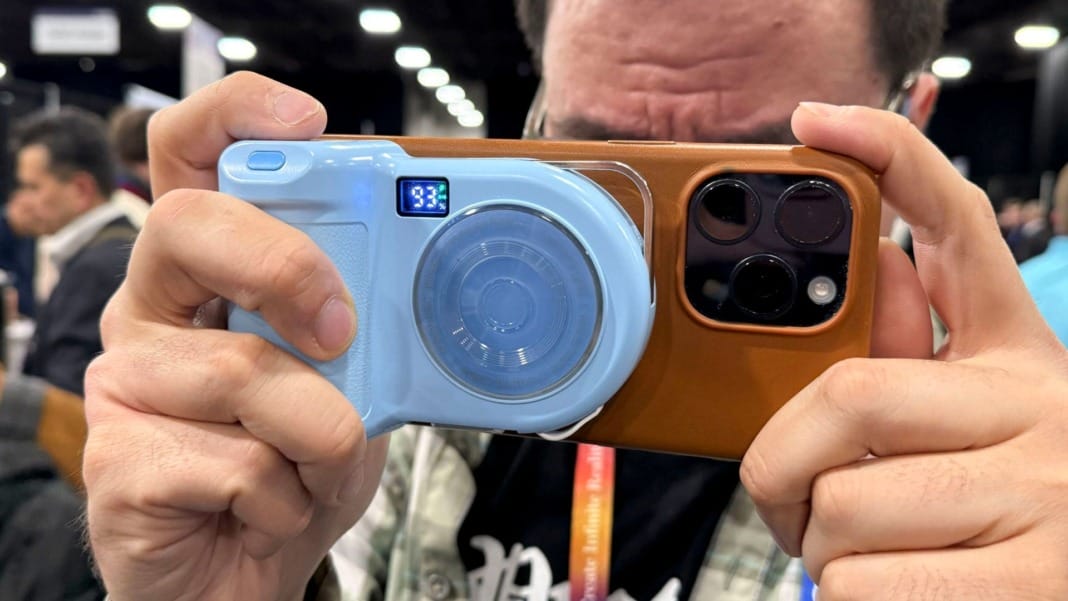Renders and full specifications of Samsung’s upcoming mixed reality headset, reportedly developed in partnership with Google, have been leaked online. The Samsung Galaxy XR is shaping up to be a serious competitor to Apple’s Vision Pro, offering advanced display technology, powerful processing, and a sleek design.
Immersive display and refined design
The leaked renders suggest that the Samsung Galaxy XR will feature a smooth, curved glass front, closely resembling the Apple Vision Pro’s aesthetic. It is expected to offer superior visual clarity through dual 4K micro-OLED panels, producing a combined resolution of 29 million pixels—surpassing the Vision Pro’s 23 million pixels.
This ultra-high resolution promises a sharp, realistic viewing experience with enhanced colour depth and contrast. The use of micro-OLED panels also supports better energy efficiency and smoother motion, making the device well-suited for extended sessions in both virtual and augmented environments.
Advanced performance and intuitive interface
At the core of the Galaxy XR is Qualcomm’s Snapdragon XR2+ Gen 2 chipset, introduced in January 2024. Qualcomm has described the platform as capable of delivering “spectacularly clear visuals,” highlighting its ability to manage complex mixed reality graphics with minimal lag.
Samsung’s custom interface, One UI XR, is expected to run on a modified version of Google’s Android XR. The interface appears designed for easy navigation and familiar functionality, with apps such as Chrome, Netflix, Photos, and the Play Store visible in the leaked renders. This setup indicates that users will have access to a wide range of entertainment and productivity tools directly within the headset.
Sensors, tracking and expected launch
The Galaxy XR incorporates six external sensors placed along the front glass panel—at the top, bottom, and near the nose bridge—to enable accurate hand and gesture tracking. A proximity sensor near the forehead helps detect nearby surfaces like walls, floors, and ceilings, improving spatial awareness. Inside, four infrared eye-tracking cameras supported by AI technology monitor user focus and enhance interactivity. Directional microphones are also included, capable of capturing sound from various directions and distinguishing individual voices.
Weighing 545 grams, the Galaxy XR is lighter than the Vision Pro. Although the exact battery capacity remains undisclosed, reports indicate it can deliver up to 2.5 hours of video playback and 2 hours of general use, with the option of attaching an external battery pack for longer sessions. Its accompanying controllers are expected to offer precise hand-tracking and haptic feedback for realistic interaction within 3D environments.
According to ETNews, Samsung plans to announce the Galaxy XR during an online event on 22 October. The company reportedly intends to produce an initial batch of 100,000 units, with a retail price of around S$2,700. The Galaxy XR could mark Samsung’s strong return to the mixed reality market, combining high-end visuals, smart integration with Google’s ecosystem, and a user-friendly design.





